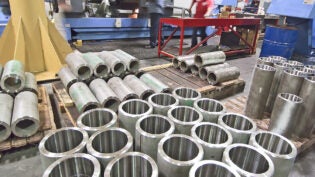
When you’re trying to sell something, you want to have answers ready for any question that may come up. It’s an impossible—but good—goal to have because if you take it seriously, it forces you to understand what you are selling and who you are selling to.
Further, whether you’re selling a new client on your product or service, or an angel investor on your startup, there will be times when you need to have a complete grasp of your value proposition(s) and positioning statement(s) so you can craft a good elevator pitch. And with that said, let me ask you: Do you understand the difference between your positioning statement and your value proposition? Let’s look at each in a little more detail.
Value Proposition
This is simply the value you bring to your customer or client. It’s the solution you’re providing to the problem your customer is experiencing or the way your product or service increases profits or saves money. Ask yourself, how is your customer better off after having purchased your product or service? If it’s unclear to you how you improve the world for your customers, it will be even more unclear to your prospects.
Positioning Statement
Unless you’re Thomas Edison, there’s a good chance that others are providing a similar if not exactly the same product or service. Your positioning statement should define your place in the market. For example, both Ace Hardware and Home Depot sell hammers, yet they have different strengths that they use to appeal to their customers. They are positioned differently within the market for hammers.
You need to understand your competition and what niche you’ll occupy within the market for your product or service. If you can’t do this, you won’t know which customers to target, where to advertise, how to price your product, what level of support you need to provide, etc.
Elevator Pitch
This is often a short “best of” presentation that takes the best of your value proposition and combines it with the best of your positioning statement. But above all, it is crafted for your target audience. Your value proposition and positioning statements won’t change, unless your business pivots, but your elevator pitch may change for every person you present it to.
Read more on investor pitches
Can you identify all of these elements in your company and among your products and services and fit them into their proper categories? When you have full command of your value proposition and positioning statements, you’re ready to be in control. Further, as you understand them better you will discover where they are weak and you’ll be able to make improvements that strengthen your company and allow you to gain market share.












